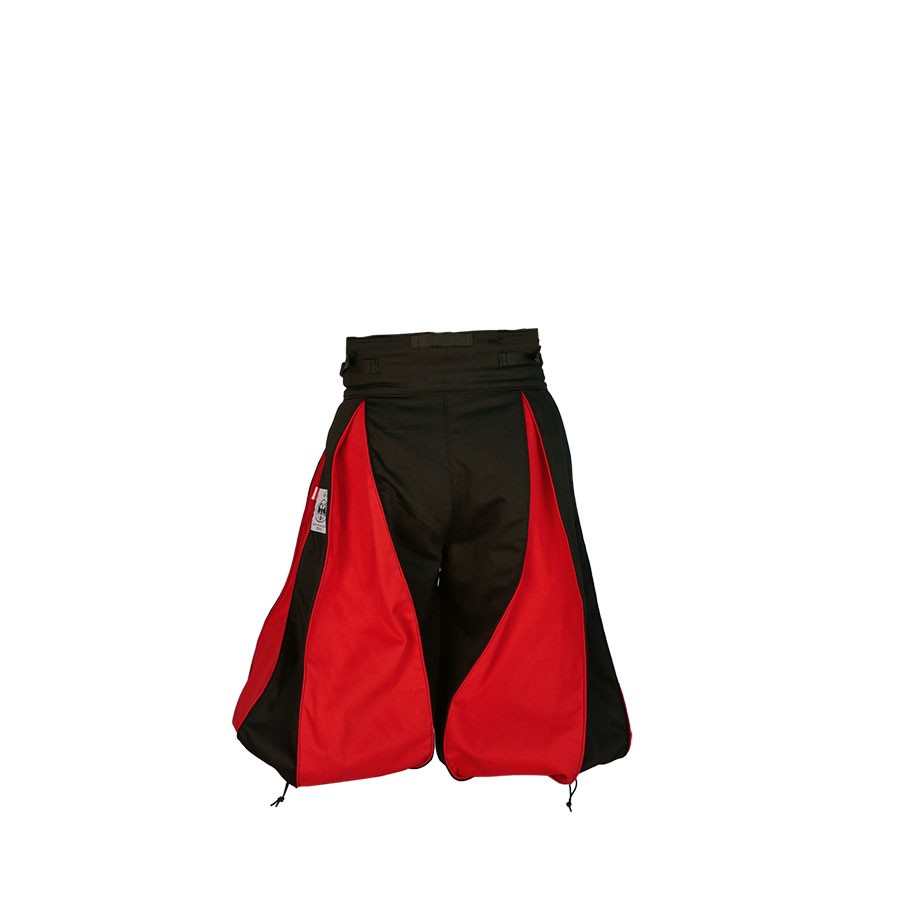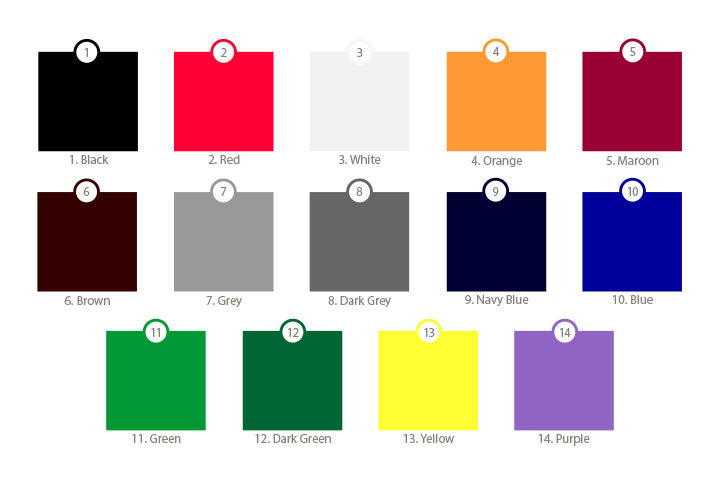HEMA Gear Canada
SPES Meyer "Puffy" Pants
SPES Meyer "Puffy" Pants
Couldn't load pickup availability
CUSTOM MADE ONLY ITEM. This item is made to order, because of the different color options HGC can’t afford to stock all the colors and sizes.
Please let us know in the comment box which color Trim you would like. They all come with Black is the main color.
Trim options:
Black, Red, White, Orange, Maroon, Brown, Grey, Dark Grey, Navy Blue, Blue, Dark Green, Green, Yellow, and Purple.
From the beginning our aim was to join traditional design with modern solutions. Meyer 350N HEMA Puffy Pants fit perfectly in this concept.
Their design makes them appropriate for both men and women. Meyer Puffy Pants are the best for training with lighter arms such as sabre or messer.
The most characteristic feature of this model is their puffy design. They are made of two contrastive colors. Meyer pants are high waisted and they allow for attaching suspenders (not included in the set). Pants have adjustable girth on the back and on the sides.
Meyer pants are made from 350N puncture resistance fabrics. This model has a double fastening in a form of velcro and zipper. Under the knees there are drawcords for better fitting to legs.
We don’t have to convince anyone that such spacious HEMA pants are very convenient. Drawstrings under knees and in the waist section prevent the pants from shifting and moving during training.
- color change applies only to color of puffs; base stays in default color – black
- suspenders for these pants are available for additional charge
Puffy pants in the past
This type of pants was popular in the 16th and 17th centuries in almost all of Europe, but they were also present at the end of the 15th century. It is also characteristic for HEMA treatises from this period.
Pluderhose, as this type of clothing was originally named, reached its final form (with legs reaching knees) in the renaissance period. Then, these were the most fashionable pants. However, it’s hard to specify their origin – depending on the region, people believed they came from Spain or Greece. They gained their greatest popularity in Germany where Landsknechts included them in their combat costume.
Joachim Meyer
He was the 16th century German fencing master and the last person connected with the greatest swordfighter – Johannes Liechtenauer. Meyer is the author of four fencing guidebooks, so called treatises. These include his experience from German school as well as all techniques used in other countries, like Italy. Meyer’s books are also richly illustrated.
How to Measure Yourself – A Quick Guide
Use this simple guide to take accurate measurements for your custom-sized order. Click the link below for step-by-step instructions!


















